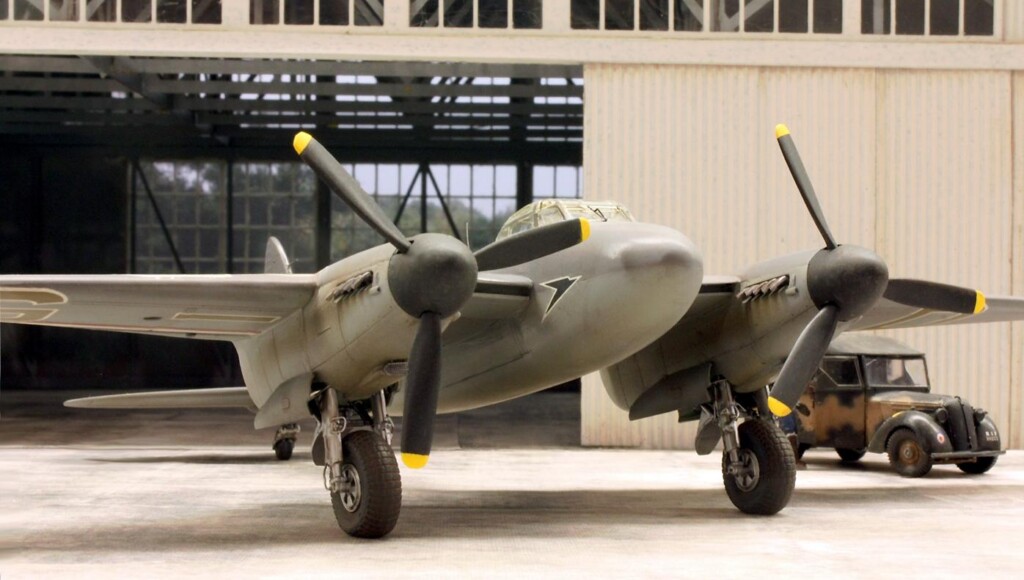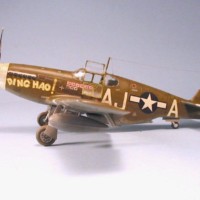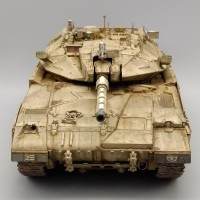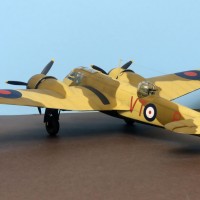A civilian "Mossie" and Niels Bohr in need of oxygen? Well, that sounds confusing, but interesting: BOAC's DH.98 Mosquito and the "ball bearing runs" Britain-Sweden
Christopher Nolan's latest major film "Oppenheimer" offers many haunting scenes, but one in particular has stuck in my mind for a special reason. The character, who plays the Danish nuclear physicist Niels Bohr, has just arrived in Los Alamos and tells his fellow physicists about a dramatic flight experience during his journey from his exile in Sweden to the American atomic bomb research centre. It was about the flight from Sweden across the North Sea to Perth in Scotland: the "English pilots" had shown him how to use the oxygen mask in Sweden before cramming him into the narrow bomb bay of an aeroplane. However, he had apparently done something wrong, so that he had fainted during the flight. He concludes his account by saying that after being resuscitated, he simply pretended to have taken a nap, an understatement personified.
This short film scene refers to an actual event. Niels Bohr, winner of the 1922 Nobel Prize in Physics, a world-class scientist and - once - one of the fathers of the atomic bomb, almost died during this flight. This film scene also refers directly to the aircraft model shown here, as this Mosquito, a modified FB.VI of the BOAC, was one of the aircraft used for the risky flights between the belligerent Great Britain and neutral Sweden. What was the story behind these highly interesting but little-known flights?
"Ball bearing runs": the BOAC flights to Sweden
The need to maintain a flight connection to neutral Sweden was recognised by both parties to the conflict at the beginning of the war. Keeping diplomatic channels open, exchanging prisoner-of-war mail and supporting the work of the Red Cross all required neutral ground. However, since it was in the nature of things that this neutral space that was kept open also formally invited espionage and many other forms of secret service activity, both sides quickly became more restrictive. For the British, Sweden was also important as a region from which to organise and support resistance in the rest of German-occupied Scandinavia. In addition to this, neutral Sweden was a place of hope for many persecuted Jews, and time and again it was possible to fly some of them out to England.
From 1940 onwards, when it looked as if Sweden would become the last neutral harbour in an otherwise Nazi-controlled Europe for an indefinite period, Swedish sympathies began to lean increasingly towards Great Britain and the Allied cause in an effort to maintain balance and thus independence. A difficult exercise, because at the same time it was important not to alienate Nazi Germany beyond measure.
This also concerned very practical aspects: In addition to the ores and raw materials needed, Sweden's export industry was able to offer a coveted product that was of great interest and absolutely necessary for the war machinery of both sides: Ball bearings! As late as 1943, 65% of Swedish exports went to the German armaments industry. The British, on the other hand, were prepared to take great risks to obtain this urgently needed product. It soon became common practice to carry diplomatic mail and Allied propaganda material for the continent on the outward flight, while on the return flight as much valuable ball bearings as possible were loaded onto the aircraft. These flights soon became known as "ball bearing runs". The Germans, who of course got wind of this, subsequently regarded these flights, which were carried out under civilian control and the protective rules of diplomacy, as legitimate targets.
These flights to Sweden were operated by the "British Overseas Airways Cooperation" BOAC, which had emerged from "Imperial Airways" and "British Airways" in 1940. The RAF base Leuchars in Scotland was used as a base. In order to be accepted by neutral Sweden, the aircraft used had to be completely disarmed, carried clearly visible civilian BOAC identification and were also flown exclusively by civilian pilots. Maintenance in Sweden was also carried out exclusively by civilian Swedish personnel. The flights remained risky, the Germans took the aircraft under fire despite their civilian identification and diplomatic mission, so that BOAC increasingly demanded aircraft that could escape through speed and altitude. Initially, types such as the C-47 Dakota, C-46 Commando and converted Withley bombers were used. When De Havilland's "wooden wonder" DH.98 Mosquito appeared in 1942, the BOAC understandably lobbied hard for a rapid supply of the coveted new aircraft.
DH-98 Mosquito as a "passenger aircraft"
The first Mosquito (G-AGFV) arrived in Leuchars on 15 December 1942. By May 1943, six more aircraft were in use, followed by three more Mosquitos in April 1944. With the new aircraft, it was no longer necessary to fly under the cover of darkness for several hours at risk just above the water. Flying high and fast, the "Mossies" evaded enemy threats mostly without any problems. The flight from Leuchars to Stockholm was also shortened to around three hours thanks to the Mosquito's high speed. The results were positive: although five of the nine Mosquitos were lost in accidents by the end of these flights in May 1945, none of them fell victim to German fighter planes or anti-aircraft fire.
From 1943 onwards, "human cargo" was also flown out of Sweden. For this purpose, a padded couch and a reading lamp were installed in the converted bomb bay of the Mosquito in the otherwise dark and unheated compartment. Of course, there was also the oxygen system and mask, which are vital at high altitudes. However, there was no voice communication with the two pilots, but to prevent the passenger from being completely isolated, a cord was tied around the pilot's leg at one end and the other was pressed into the passenger's hand: if it was pulled, the crew knew that something was wrong. This cord saved Niels Bohr's life.
Niels Bohr's hair-raising flight in the Mosquito
As a highly respected nuclear physicist, he was to be flown out of his Swedish exile to take part in the Manhattan Project in Los Alamos. As described in the film quote, the oxygen mask was explained to him during the briefing, but then something seems to have gone decidedly wrong. After he failed to respond to the pilot's attempts to contact him - the cord! - the crew decided to take the precaution of flying at an altitude where it would be possible to survive without artificial oxygen. Bohr, who had not put his oxygen mask on properly and had already fainted, was thus reoxygenated - he was able to continue his journey to Los Alamos and play his important part in the success of the Manhattan Project.
The aircraft shown was one of the Mosquitos converted for passenger transport and could therefore have been the aircraft that Bohr flew out in: "KJ681" with the civilian registration G-AGGD was put into service by BOAC in May 1943. After less than a year in service, it became one of those Mosquitos that had to be written off as a total loss: in January 1944, it was wrecked on landing in Sweden. It was then decided not to rebuild it, but to cannibalise it as a material supplier.
For the above information, I refer to the following highly informative site as my main source: "Aviation Trails" de Havilland Mosquitoes in BOAC Service. | Aviation Trails https://www.scalemates.com/de/profiles/mate.php?id=10148&p=albums&album=108861
Kit and building process
The decal version of the Mosquito as a "Passenger Transport" was brought onto the market by Hasegawa in 2002 and goes back to the solid kit newly released in 1999. As to be expected from this manufacturer and those years, the construction itself does not cause any nasty surprises and falls together by itself, so to speak. However, it is also not surprising that the details are sparse by today's standards. I used a cockpit etched parts set for the interior, and the leftover box provided a little detailing material for the clearly visible radio equipment. A significant addition is the depiction of the frame construction on the undercarriage leg, which ensures that the retracting undercarriage takes the undercarriage doors with it and closes them. Hasegawa has only provided a vague hint of a detail that is actually quite visible. I recreated this with some silver wire. Closing the gun ports on the nose was the only modification necessary to realise the BOAC version - an easy exercise that did not delay this project, which was easy and quick to realise!
In conclusion, I have to say that I have rarely found the background story of this model exciting and horizon-broadeningly interesting - especially when you can stumble across it in a current cinema film!
























Great looking unique Mosquito, Roland @rosachsenhofer
Never new civilian Mosquitos did exist.
Thanks for the information and this beautiful build.
Thank you very much, I am always happy when I can show something not so well known - and it proves to be worth knowing!
Wow, great article, Roland! 🤩 What a great story, wonderfully told, and accompanied by your beautiful model; what more could one ask for?!? 😁 Muy excellente, my friend @rosachsenhofer! 🍻
Your compliment on the story means just as much to me as your compliment on the model - thank you for that! Very appreciated!
Another superlative build , accompanied by an excellent article, Roland!
Congratulations my friend!
Your words are motivating - thank you!
Another gem from R.O. Sachsenberg Flugzugwerks AG. Great history piece, too.
For those interested, Jennings Heilig released decals for a BOAC Mossie in 1/48 back in 1998. You can still find them at eBay. It's about as hard as finding the Hasegawa kit there.
Many thanks Tom - also for the valuable tip!
A magnificent Mosquito, Roland, thank you for sharing this story and your model.
That makes me happy though! Thank you, George!
Nice build and interesting story about that aircraft.
Thank you Chas!
A very interesting piece of history (about which I was unaware), and an excellent model to accompany it! Well done.
Your words are very appreciated, thank you Greg!